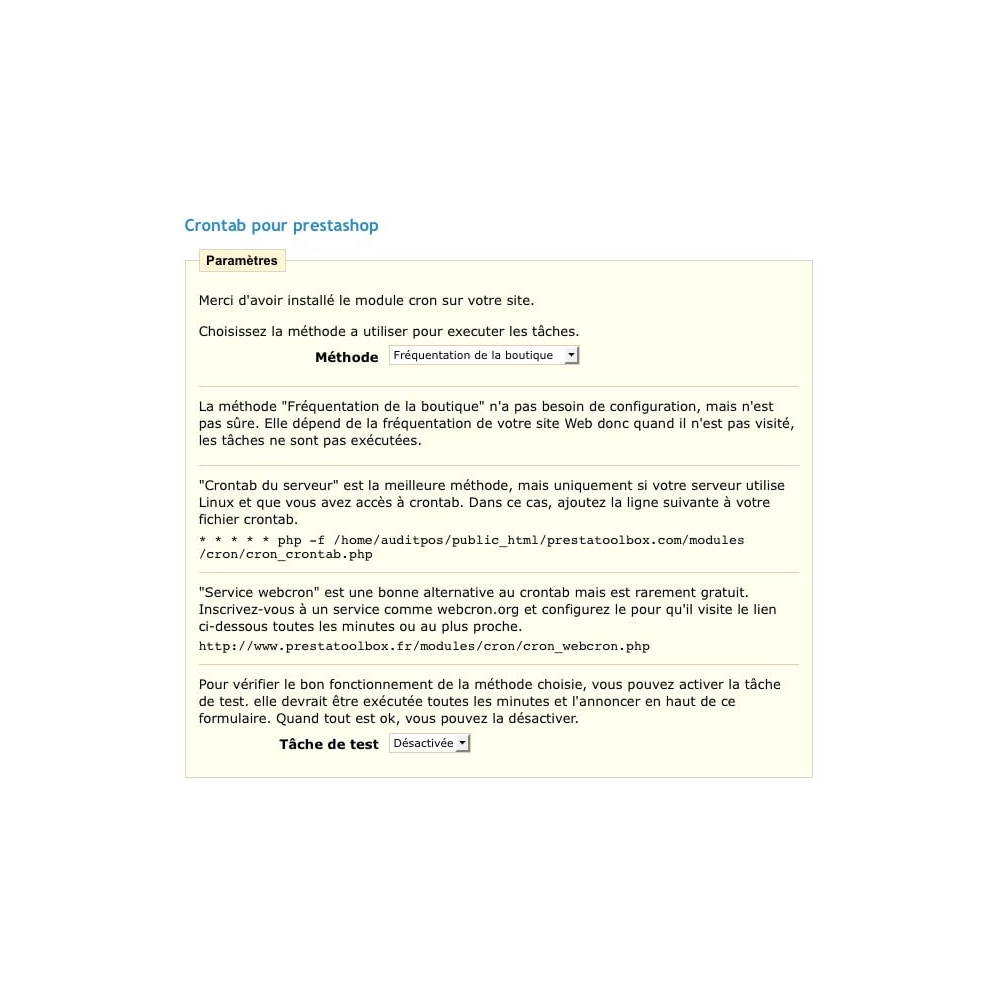

In the Advanced section, click on Cron Jobs. Note: make sure you disable the default WP-Cron above first. If you’re using a host with cPanel, you can also create a system cron from their control panel.
CRONTAB PHP VIEWER HOW TO
If you’re not a Kinsta client, we recommend checking out Properly Setting Up WordPress Cron Jobs to learn how to set up system crons. All of our hosting plans include SSH access. If you’re familiar with SSH, you can also follow our tutorial on how to manage server crons from the command line at Kinsta. And if needed, you can increase the frequency by reaching out to our support team. 💪 This will execute any scheduled WordPress crons. Running WordPress cron on a multisite instanceįor single site WordPress, the great news is that if you’re a Kinsta customer, our server-side cron triggers wp-cron.php every 15 minutes by default.Using WP CLI to Run Cron Jobs on Multisite Networks.Here are a couple of resources we can recommend for that: If your site is a multisite, there are some extra setup steps you’ll need to take so cron jobs will run for your subsites. You will then need to schedule wp-cron.php from your server. define ( 'DISABLE_WP_CRON', true ) Disable WP-Cron How to Schedule System Cron To disable WP-Cron, add the following to your wp-config.php file, just before the line that says “That’s all, stop editing! Happy blogging.” Note: This disables it from running on page load, not when you call it directly via wp-cron.php. This runs on a pre-defined schedule and is even recommended in the official Plugin handbook.

If a site doesn’t have a lot of traffic, schedules could be missed due to the fact that no one has loaded a page.Ī better approach is to disable WP-Cron and use the system cron instead. WP-Cron does not run continuously. By default, the wp-cron.php fires on every page load, which on high-traffic sites can cause problems. If a site doesn’t have enough PHP workers, sometimes a request will come in, WordPress will spawn the cron, but the cron has to wait for the worker, and therefore just sits there. First off, it’s important to understand that WP-Cron is not a real cron job, it’s simply what WordPress has created to mimic what a system cron does. Because of this, we’ve seen a lot of performance issues with the WordPress built-in Cron handler: WP-Cron.

We deal with a lot of high-traffic and demanding sites at Kinsta. So today we’ll show you how to disable WP-Cron ( wp-cron.php) and instead use a system cron for faster performance. In WordPress, this is handled by WP-Cron, which is used to simulate a system cron. However, depending on the amount of traffic to your site, using the built-in cron handler can actually start to impact your page load times. Let's create a console command class /protected/commands/TestCommand.CRON jobs are used to schedule tasks at periodic fixed times, dates, or intervals on your WordPress site. Some examples of a WordPress cron job might involve scheduling a post to publish, checking for updates, or a backup plugin running on a predefined schedule. The best way is to create a console application. You can pass a parameter and check it in your action to make URL harder to find: if($_GET!= 'my_secret_key') die() īut this will not solve the problem completely.

If we are doing some kind of intensive job, one who know the URL can kill your application sending a lot of requests to it. In spite of this method is simple, there are drawbacks. This way is a simplest one since you can use existing controller action.Īdd one of the following to your crontab:


 0 kommentar(er)
0 kommentar(er)
